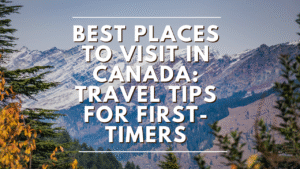New Zealand is a paradise for adventure lovers, offering rugged coastlines, golden beaches, and thrilling water sports. Whether you’re an adrenaline junkie looking for extreme sports or a nature enthusiast wanting to explore marine life, New Zealand’s beaches provide endless opportunities for adventure.
Table of Contents
North Island Adventure Beaches
Piha Beach – Surfing and Rock Climbing
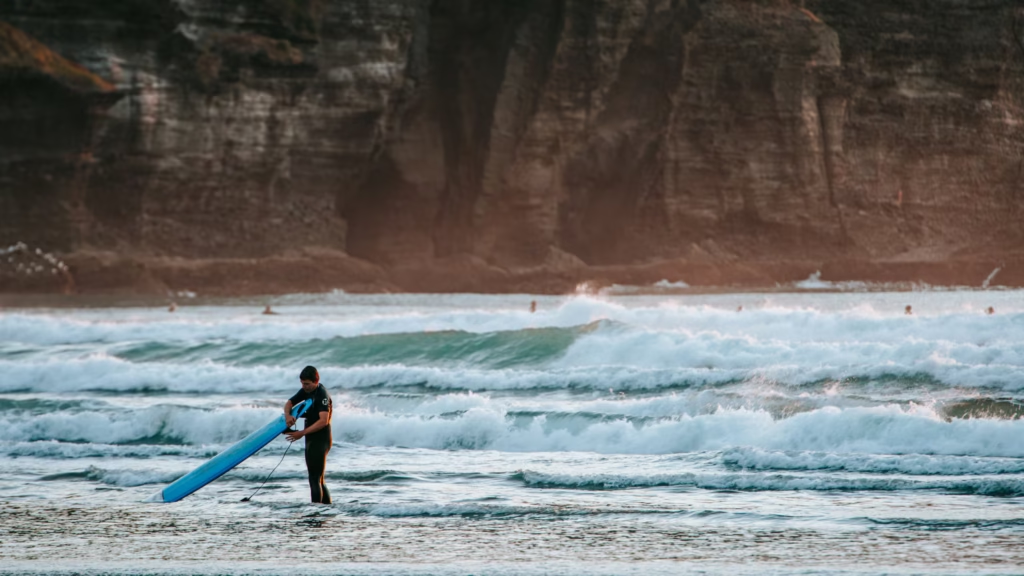
Located just a short drive from Auckland, Piha Beach is famous for its powerful waves, making it a top destination for surfers. Lion Rock, a towering sea stack, offers a great climbing challenge and panoramic views of the Tasman Sea.
Hot Water Beach – Dig Your Own Hot Tub
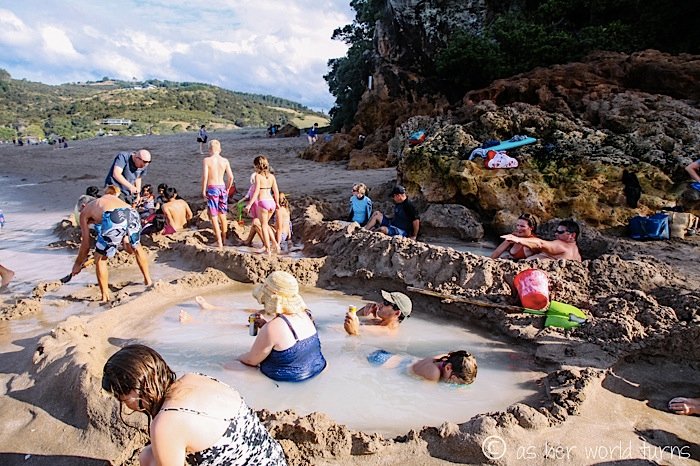
This unique beach on the Coromandel Peninsula is home to underground geothermal springs. At low tide, visitors can dig their own hot pools in the sand, creating a natural spa experience right on the shore.
Cathedral Cove – Kayaking and Snorkeling
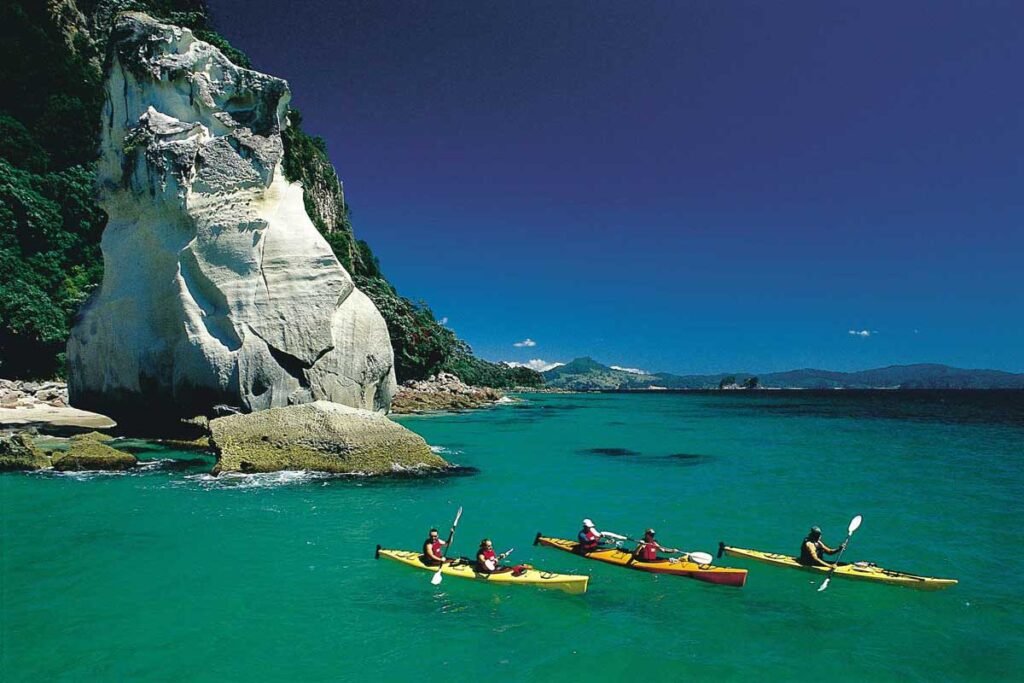
One of New Zealand’s most iconic locations, Cathedral Cove boasts crystal-clear waters, stunning rock formations, and abundant marine life. Kayaking to the cove offers an up-close experience of this breathtaking spot, while snorkeling allows you to explore the underwater beauty of the Te Whanganui-A-Hei Marine Reserve.
Ninety Mile Beach – Sandboarding and Off-Roading
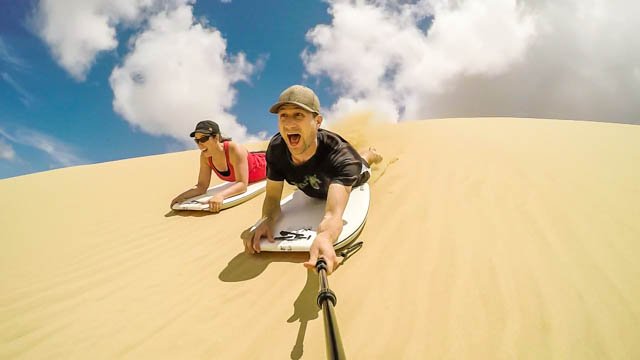
This seemingly endless stretch of sand on the North Island’s west coast is perfect for adventure seekers. You can ride the towering dunes on a sandboard or take a thrilling 4WD tour along the shoreline.
South Island Adventure Beaches
Abel Tasman National Park – Kayaking and Hiking
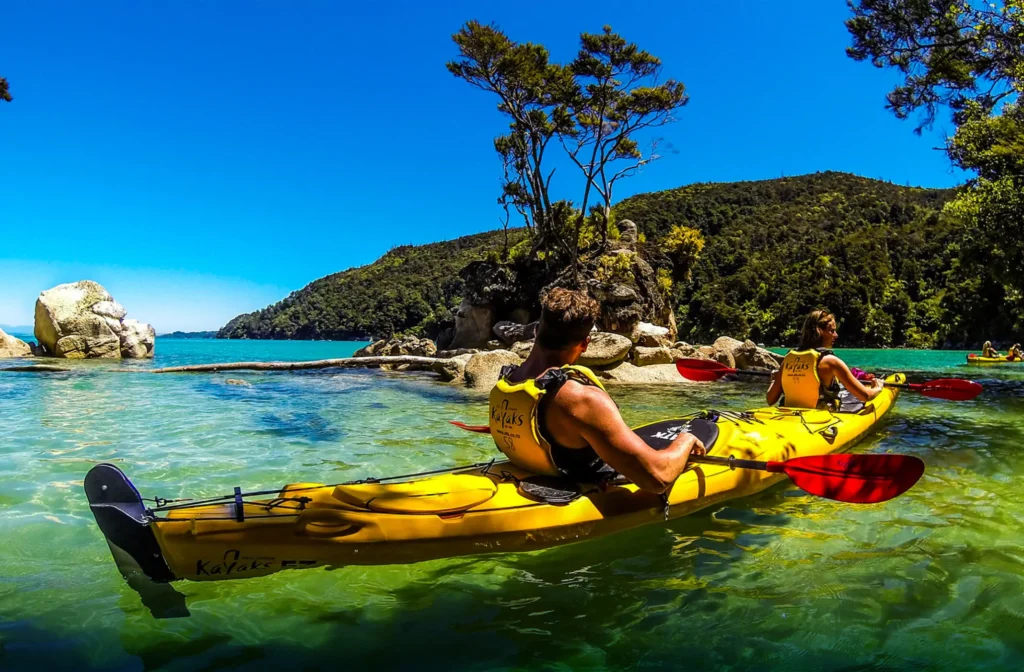
Golden beaches, turquoise waters, and lush forests make Abel Tasman National Park an adventurer’s dream. Kayak through secluded coves, hike along coastal tracks, or take a scenic boat tour.
Gillespies Beach – Remote Wilderness and Gold Mining History
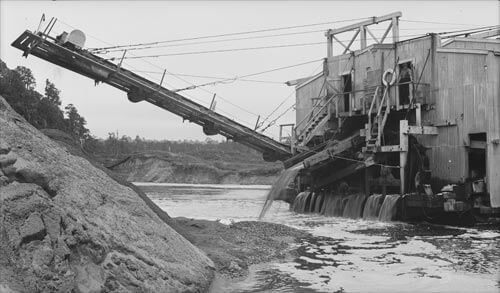
This remote, wild beach near Fox Glacier offers breathtaking views of the Southern Alps. Visitors can explore the remnants of old gold mining operations and enjoy the untamed beauty of the coastline.
Purakaunui Bay – Surfing and Camping
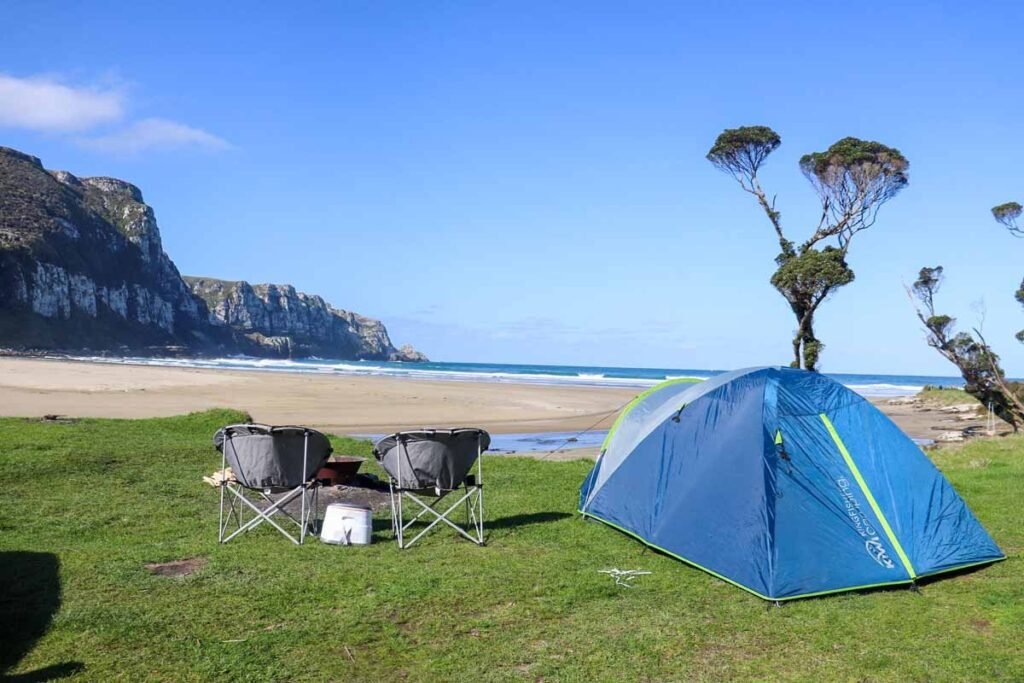
Located in the Catlins, Purakaunui Bay is known for its dramatic cliffs and excellent surf conditions. It’s also a great spot for beachfront camping, with stunning views of the ocean.
Tunnel Beach – Clifftop Walks and Hidden Caves

Famous for its spectacular rock formations and sea-carved tunnels, Tunnel Beach near Dunedin is perfect for adventure travelers who love hiking and photography.
Adventure Activities to Try on New Zealand’s Beaches
Surfing – Best Spots for Beginners and Pros
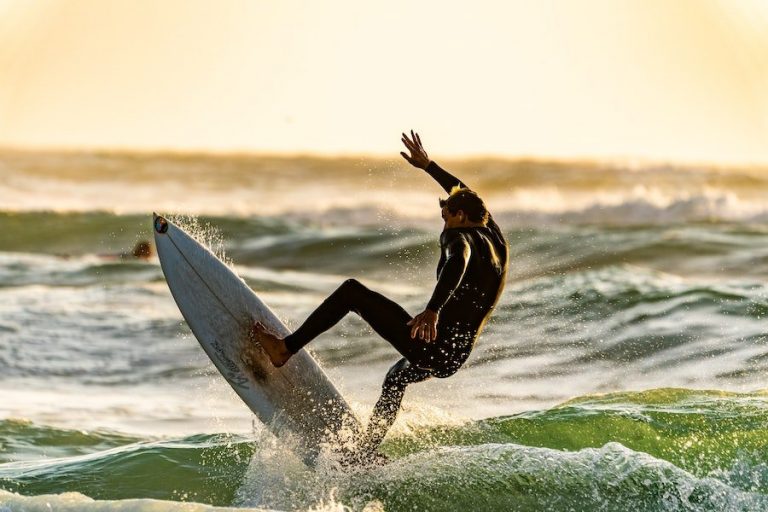
New Zealand’s coastline offers waves for all skill levels. While Piha and Raglan are great for experienced surfers, beginner-friendly beaches like Mount Maunganui provide gentler waves and surf schools.
Kayaking and Paddleboarding – Exploring Coastal Waters

Kayaking and paddleboarding allow visitors to explore sea caves, lagoons, and marine reserves. Abel Tasman and the Bay of Islands are top locations for these water adventures.
Snorkeling and Diving – Discovering Underwater Worlds
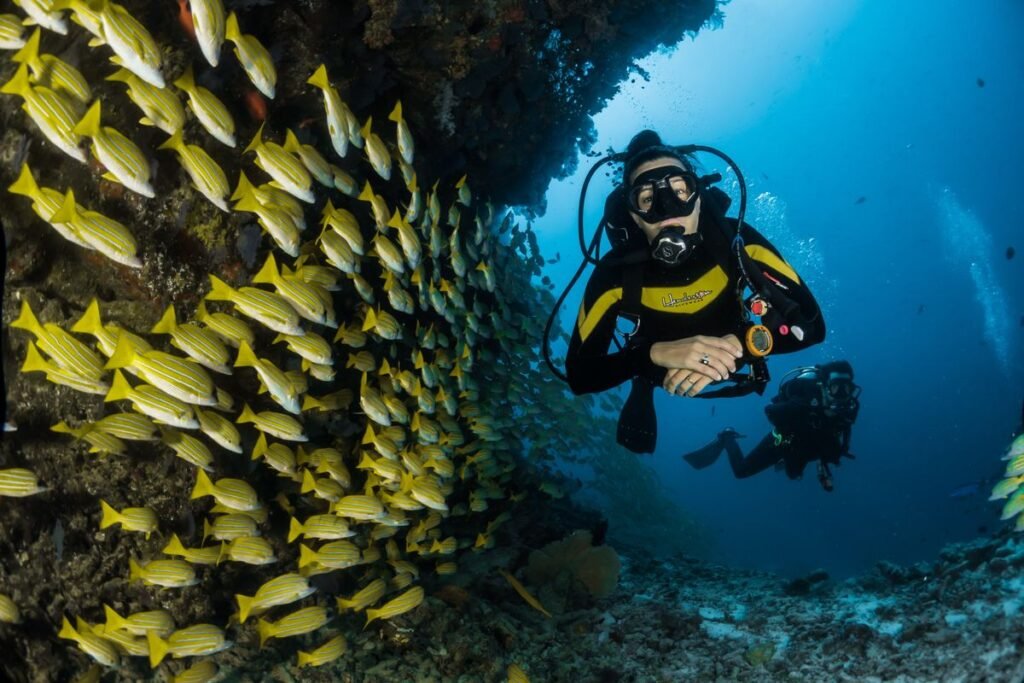
New Zealand is home to incredible snorkeling and diving spots, including Goat Island Marine Reserve and the Poor Knights Islands, where you can encounter colorful fish, stingrays, and even dolphins.
Sandboarding – Thrills on the Dunes
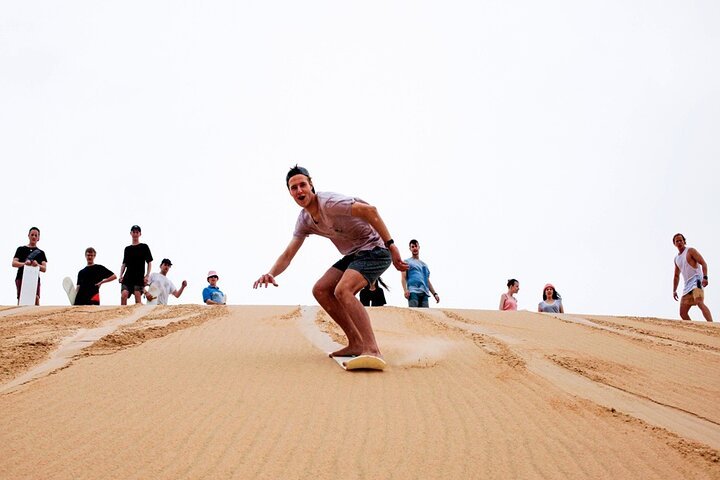
Adventure seekers can try sandboarding at Ninety Mile Beach and Te Paki Sand Dunes, where massive slopes provide a thrilling ride down.
Tips for Adventurers Visiting New Zealand’s Beaches
- The best time for adventure travel is during the summer months (December to February).
- Always check local weather and tide conditions before engaging in activities.
- Bring appropriate gear, including wetsuits, hiking boots, and safety equipment.
- Follow local guidelines to protect the environment and marine life.
Conclusion
New Zealand’s beaches are a dream destination for adventure travelers, offering thrilling activities like surfing, kayaking, and sandboarding. Whether you explore the North or South Island, the country’s coastal landscapes will leave you in awe. So pack your gear, embrace the adventure, and enjoy New Zealand’s stunning beaches responsibly!




